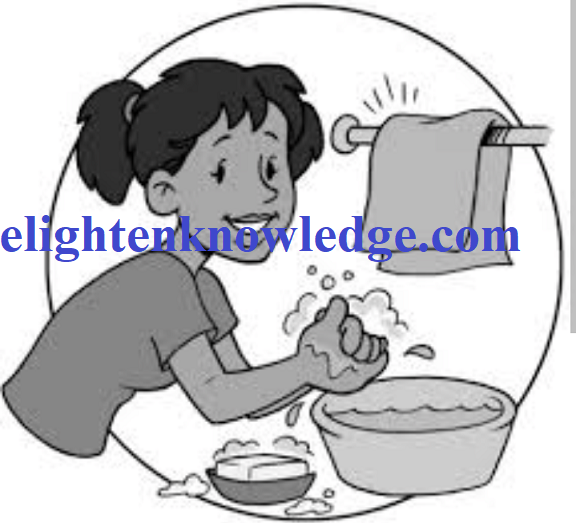Techniques that can be Used to Find Out What Ideas a Child Holds About a Topic or Scientific Concept

Techniques that can be Used to Find Out What Ideas a Child Holds About a Topic or Scientific Concept
Linking new ideas with old, and adapting and modifying ideas to inform thinking and ways of working are all in keeping with a social constructivist view of learning.
This involves connecting learning with children’s prior experience and building on their existing skills.
If insufficient account is taken of children’s existing understanding (including ideas that may be incorrect), children are unlikely to see the relevance or make connections with their own experience.
Various techniques can be used to find out what ideas a child holds about a topic or scientific concept.
For example, you could use a concept cartoon depicting a situation, with two or three statements about what is happening.
Children then look at the cartoon, decide which statement they agree or disagree with, and say why.
Other Techniques Includes:
-
Using pictures
Drawing or annotating diagrams does not rely on language skills and can reveal understanding that cannot be revealed through questioning.
For example:
Draw what’s inside your body or what happens to food after you have eaten it.
Use arrows on this diagram of a flower, the Sun, and an eye to show how we see objects.
Draw a plant to show how it gets its food.
Draw what happens to a drop of blood leaving the heart, visiting the big toe on its journey.
Use arrows to indicate the forces acting on a ball after it has been kicked; compare this to a ball rolling across the floor.
Activities that involve sorting or selecting pictures can be employed with all children but may be particularly useful for younger children or pupils with some special educational needs (SEN).
-
The use of creative writing or drama
For example:
Pretend you are a water particle, and describe what happens to you as you go from being in frozen water to evaporating.
What would happen if we got our food like plants get their food? What would happen if friction was switched off?
Pretend you are a drop of blood, and describe what happens to you as you go around the body.
-
Using sorting activities
These activities are useful to find out what criteria children use to classify objects. Real objects or pictures can be used. For example:
Sort these things/pictures of things into living, non-living, and living.
Sort these things/pictures of things into solid, liquid, and gas.
-
The use of true/false statements
True/false statements can be used to reveal misconceptions. To use these, you will need to know what the common misconceptions or confusions are and ensure they are included in the statements.
-
Predict and explain method.
Give children a situation, and ask them to predict what will happen next, explaining their reasoning.
For example, you might ask young children to predict what will happen when objects made from different materials are placed in water. This will reveal what ideas they hold about floating and sinking.
-
Using exploratory play
Allowing children to play and explore can engage them and help us to identify children’s knowledge, understanding, and skills before adult-led learning.
For example, playing outside, looking for evidence of seasonal changes, or playing with soil and seeds.






